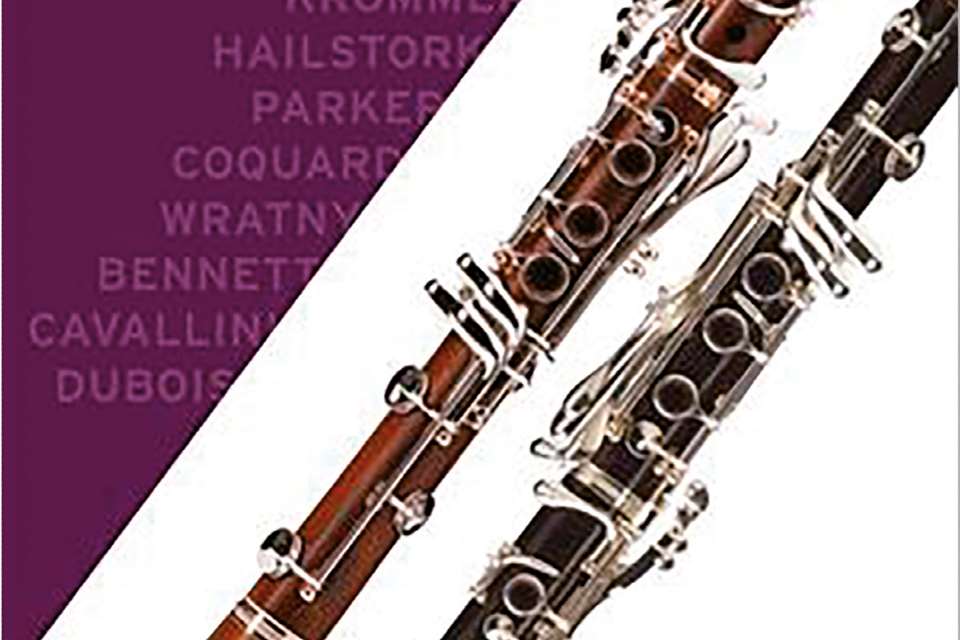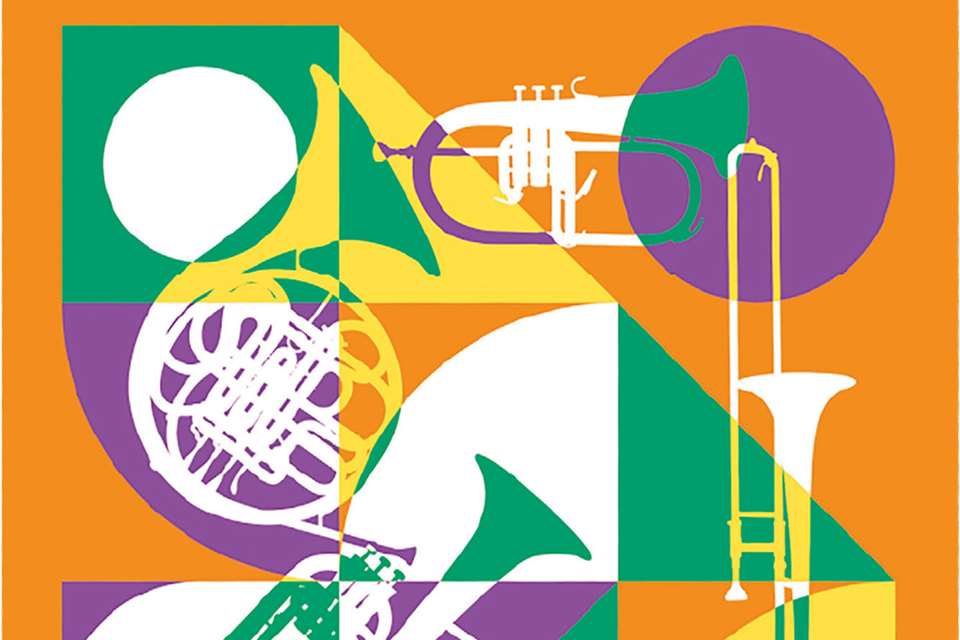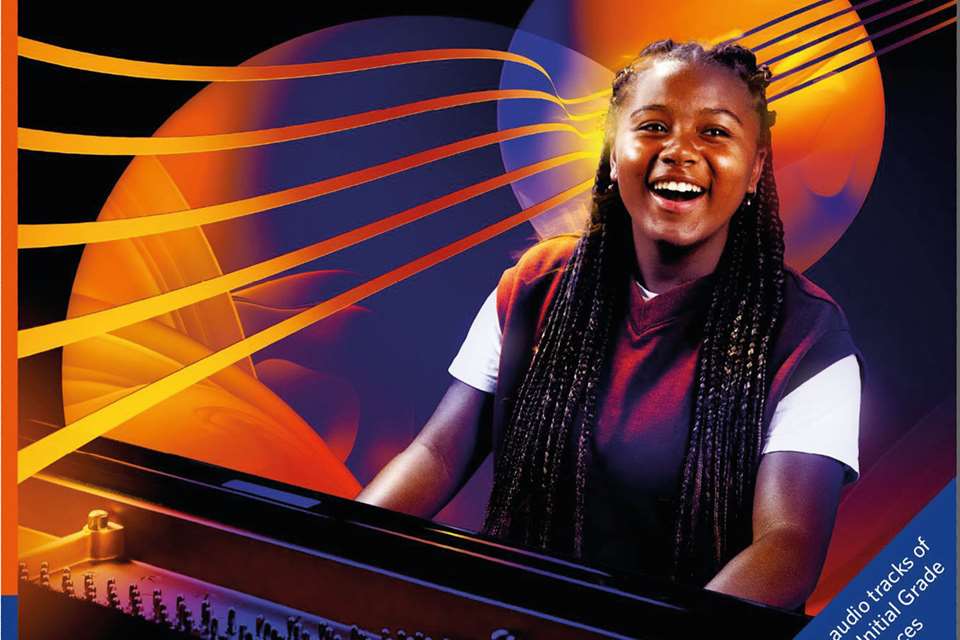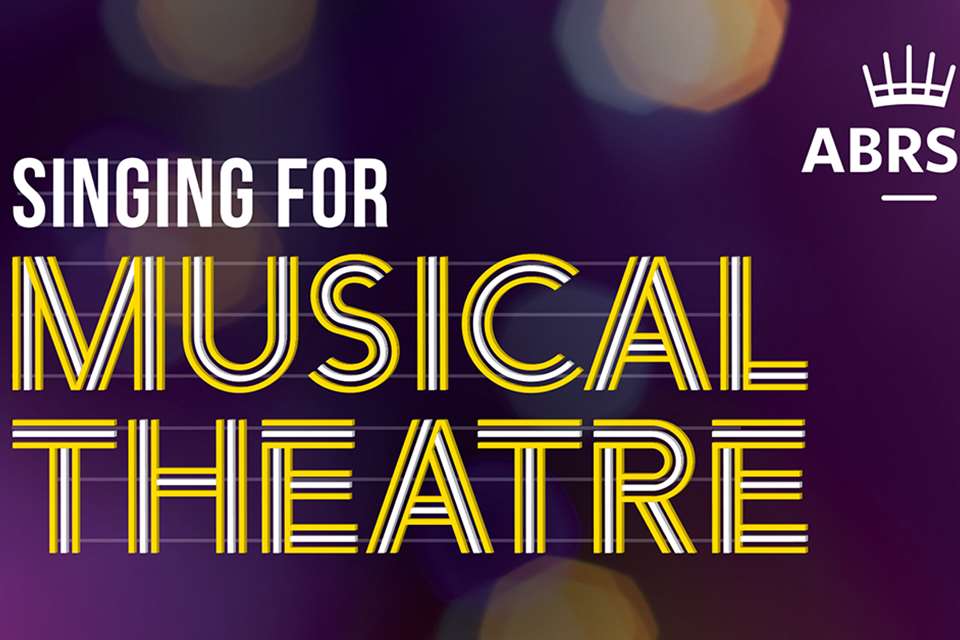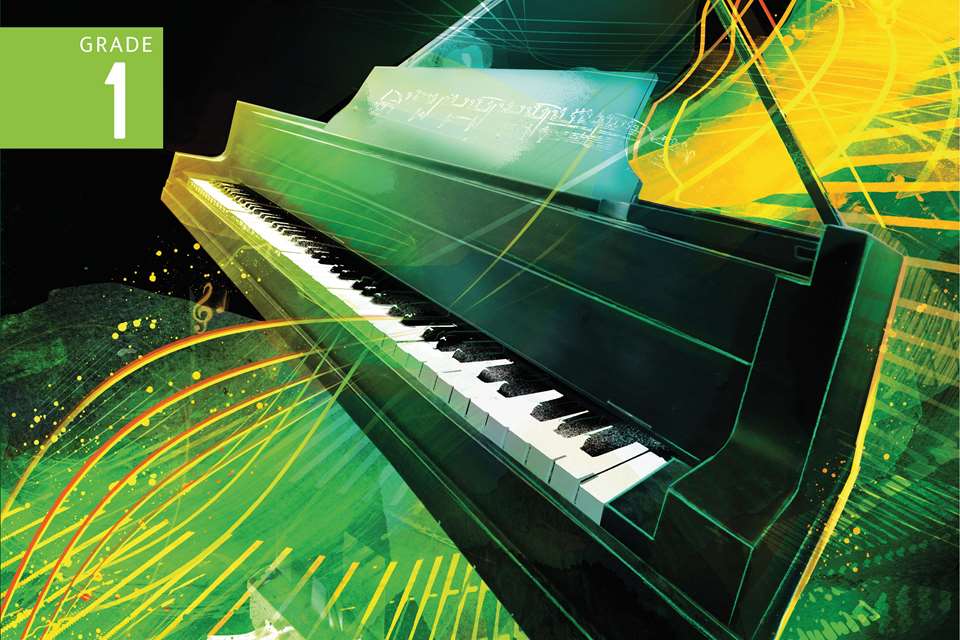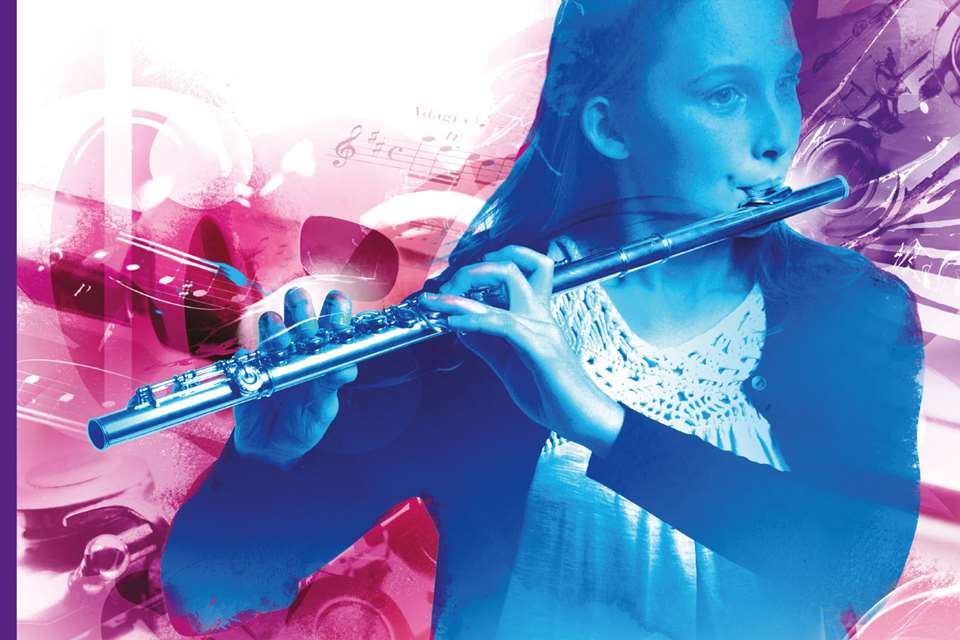Reviews: ABRSM Violin/Viola syllabus 2024
Mathew Lee
Sunday, October 1, 2023
Mathew Lee takes a look at ABRSM's Violin and Viola syllabus 2024 and tells us his thoughts.
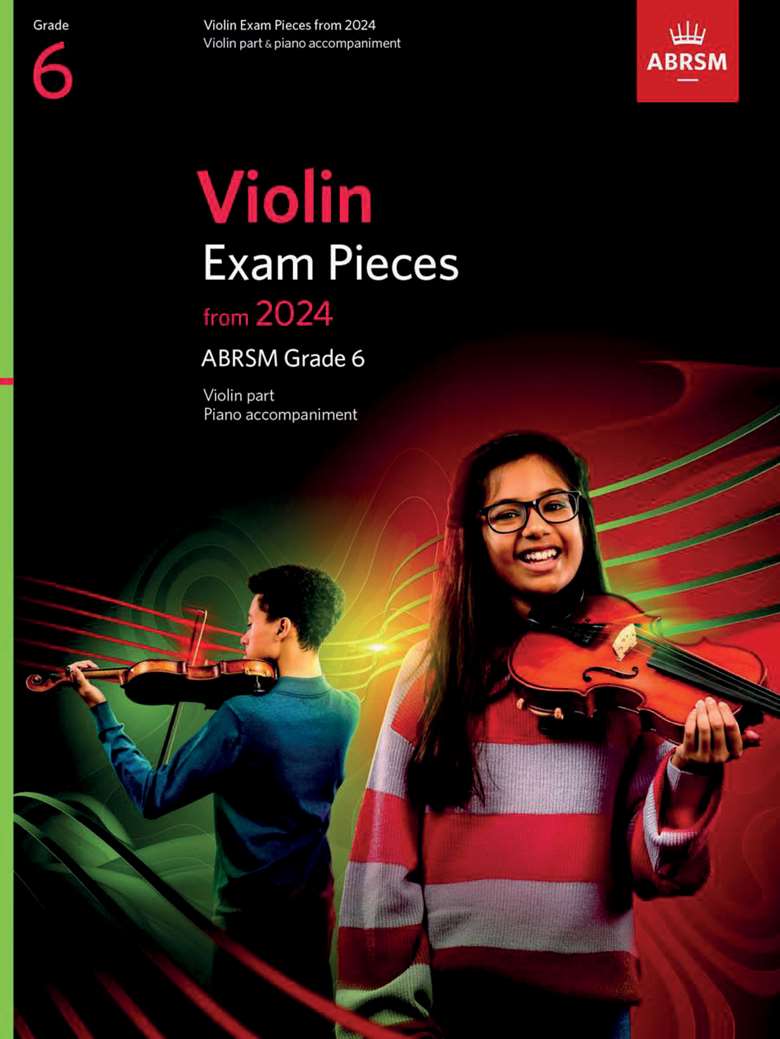
ABRSM always puts a great deal of effort into the selection of pieces for its exam syllabuses, while needing to comply with very specific criteria centring on duration, technical challenge, diversity of composers and so forth. The books represent a selection of the pieces available at each level, and can be a useful purchase, particularly for students in regions of the world where printed music is harder to come by. As usual, their string consultants have come up with selections that cover a broad palate of styles and tastes.
Initial Grade
Here, the violin and viola collections have six pieces in common; two in each of the sections A, B and C. This eases study in larger groups in which violins and violas are taught together, and perhaps facilitates more students taking an exam at the end of the period of study. The selection has a child-centred feel to it, through titles such as Happy Hippo Hop, but could be enjoyed equally by older learners. Each piece has been picked with specific technical aims in mind, and there’s a wide range of musical styles, from the nice arrangement of ‘Autumn’ from The Four Seasons (arr. Blackwell) to traditional English, Welsh and French folk tunes (including The Old Woman and the Pedlar, arr. Bullard) and an upbeat Crunch Time by Nancy Litten. All the pieces make use of the first-finger pattern; some can be kept to one string if the fourth finger is used, and others make use of simple string crossings.
The book has the scale requirements and sight-reading examples printed at the back, meaning everything is under one cover, which is ideal for the younger student (perhaps something ABRSM should consider for Grades 1 to 3?). It also comes with a separate piano part and a high-quality downloadable audio file, containing full performance tracks and piano accompaniments.
Grades 1, 2 and 3
Notably, these collections have a broader range of composers than is often encountered for an exam syllabus. This approach now typifies ABRSM, who have achieved a rich level of diversity. From a pedagogical aspect, it is good to see that the left-hand technical requirements of the nine pieces are suited to the left-hand requirements of the scales and arpeggios. The bowing and rhythmic requirements also demonstrate consistency.
In terms of raw appeal, the Grade 1 pieces should last the distance, and I can imagine younger players being easily drawn to The Wind that Shakes the Barley (arr. Litten), Tumbalalaika (arr. Gritton) and the perennial favourite that is Peter Martin’s Hoe Down. There is a broad enough range of styles to offer something for most players and most levels of maturity.
At Grade 2 the List A pieces all encourage good use of the fourth finger. Tom Anderson’s Da Rod to Moreview and Beethoven’s Ecossaise in G) start on an upbeat upbow entry, but in other regards should prove more popular than Couperin’s Gavotte from Les nations. List B’s Climb Ev’ry Mountain and Leonard Cohen’s Hallelujah (both arr. Iles) will be accessible to many, but younger players will probably favour the Cohen for its obvious connection to Shrek. The first two of the List C pieces are jolly in nature (it is nice to see again the Little Dance by Adam Carse), and I can see Craig Utting’s Black Cat Rag being popular despite the rather tricky E-flat to F-sharp in bars 18 and 19.
These are books that one can imagine students wanting to explore throughout; as such, these are good value for money. My one reservation, though, for Grade 1 is the inclusion of The Flintstones theme tune (on List C). Is this aimed at older beginners who have watched the TV series; candidates in the overseas markets; or has it been picked for nostalgic reasons? A good tune, no doubt, it does remind me of a situation when once coaching a youth orchestra overseas: none of the players were aware who ABBA were or could name ABBA’s hit songs. For an official exam collection, it’s sometimes better keeping to a universal brief for all groups.
Grades 4 and 5
These books fall into a more predictable pattern for ABRSM exam books, with the attendant technical challenges. The Grade 4 Prelude by Bacewicz will need a good sense of musical line to prevent it sounding like a slightly tedious scale-study, while Ragtime Annie(arr. Huws Jones) requires good left-hand intonation thanks to the double-stops and open-string lower notes. The Vivace from Antonio Veracini’s Sonata Op.3/7 provides an opportunity for a little position work that will make the string crossings easier and the piece more enjoyable to play.
Grade 4 List B pieces by Joe Hisaishi, Florence Price and Gustav Holst all provide challenges for position work and shifting, though the Holst can feel repetitive and long in comparison. In List C, Fly Me to the Moon (arr. Iles) has the potential to be very popular.
At Grade 5, the Corrette, Handel, and Loeillet have all the usual challenges associated with List A. The Allegro (attrib. Handel) is always a popular choice, but the two gigues are also exceptional pieces and will suit different strengths. On List B, the Romance by Andrée contains a fair amount of position work on lower strings, and this is important for the overall timbre of the piece, so candidates will need a very secure left-hand. The traditional Leaving Home (Shanxi) requires a certain level of maturity and experience to capture the sound palette, while A Nightingale Sang in Berkeley Square (arr. Iles) – a likely popular choice – likewise requires maturity for an effective performance.
The Arens, Tailleferre and Hille pieces on List C all possess an element of fun for players, regardless of age. The Tango Habanera (Barbara Arens) is the most straightforward (despite a tricky harmonic in bar 39), and may prove the popular choice. Tailleferre’s Moderato from the Sonatine goes quite high in bar 77 but is achievable at this level. Hille’s Czardas from the Hungarian Sketches, while fun, may prove a little long and relentless.
Granted, a great deal of thought has gone into the diversity of styles and composers at these grades. But were pieces chosen for their sheer musical enjoyment? The Grade 5 book is better in this respect than Grade 4, but I did conclude that some of the repertoire may have been chosen more from the perspective of broadening the teacher’s musical palette or fulfilling other criteria than providing the excitement that comes with discovering fresh repertoire.
Each book has a code for digital download of the high-quality recorded accompaniments and performance tracks, and for lists for the other repertoire and exam requirements.
It is interesting to note that the books state that they are valid from 2024, without the usual end-date. The implication is that the syllabus will be around longer than previous ones, making it a cheaper option for teachers who buy the complete set each time the syllabus is revised. It might also be a saving for ABRSM, for whom the time-consuming process of organising a fresh selection becomes less frequent, but the increasing flexibility is certainly welcome.
Syllabuses are valid from 1 January 2024
Prices range from £6.50 to £35 depending on the grade shop.abrsm.org/shop/ucat/102547


